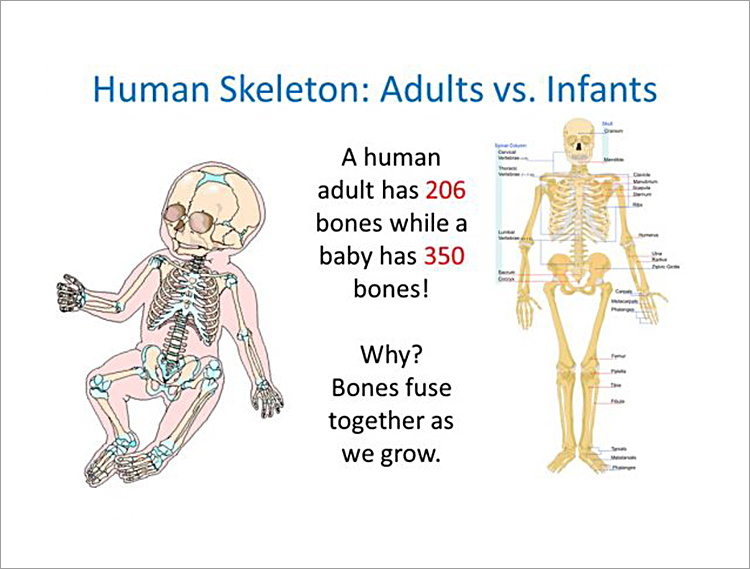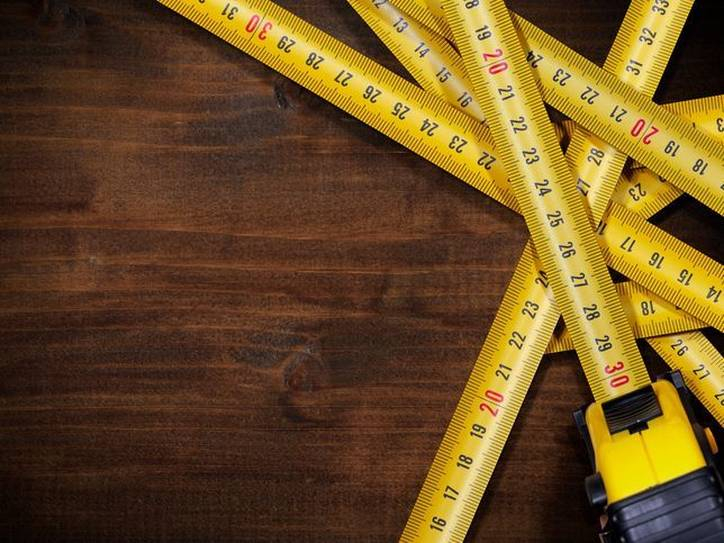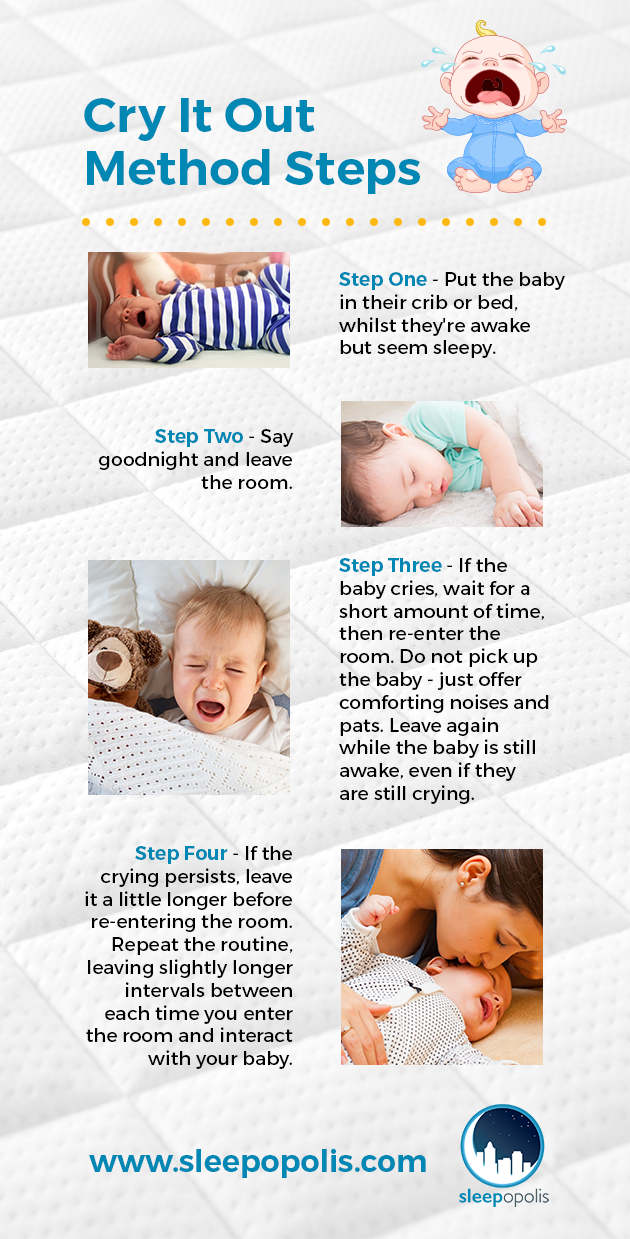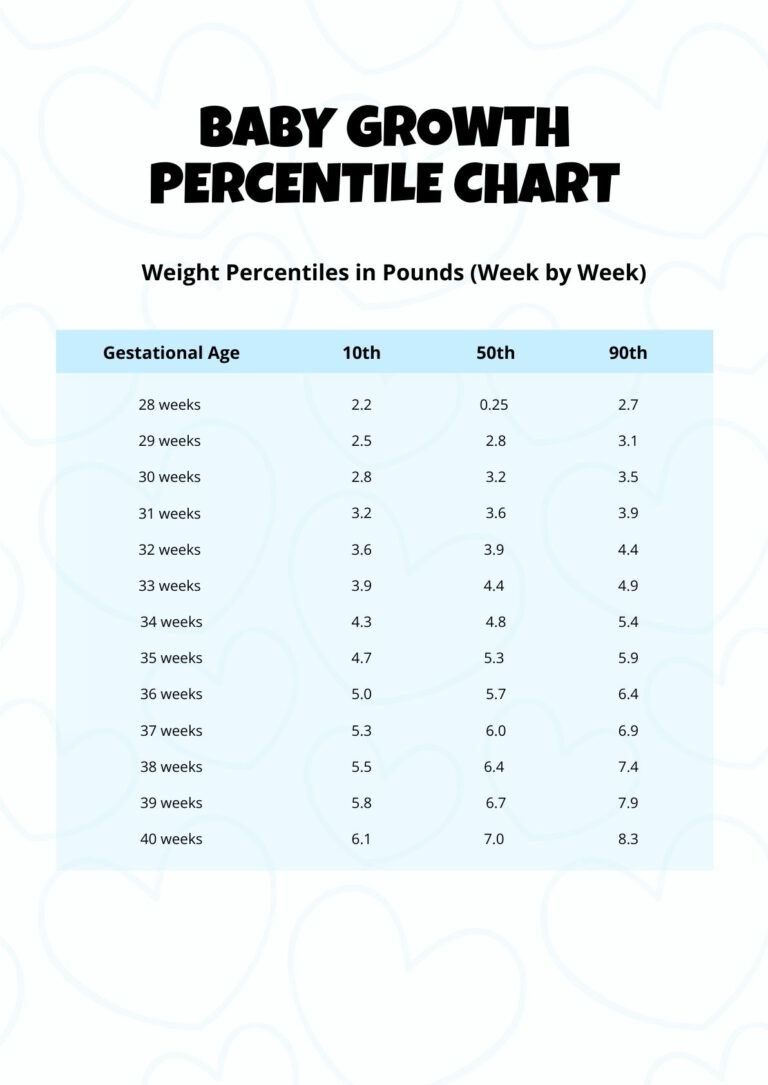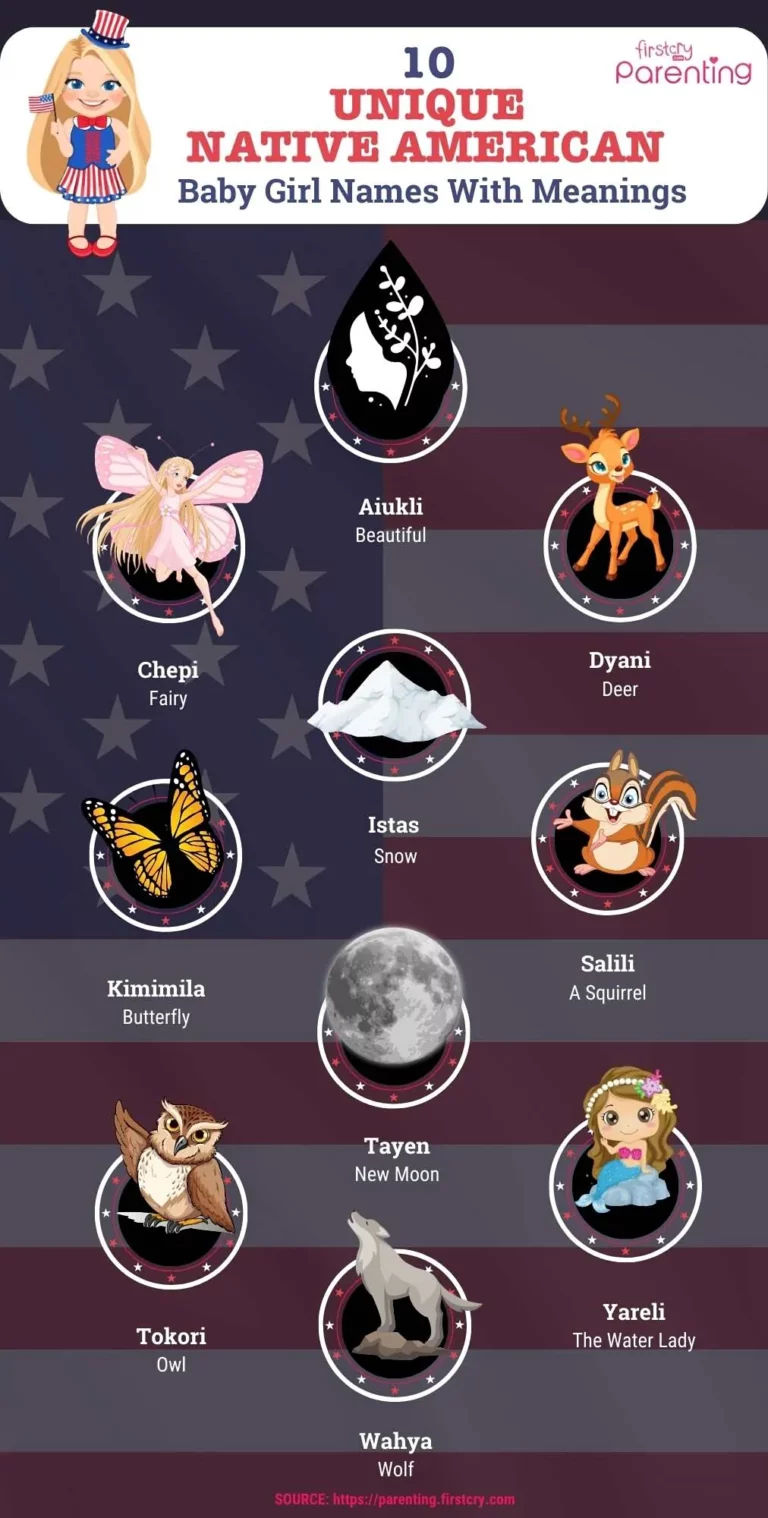How Many Bones Are In A Baby’s Body
When it comes to the human body, bones play a crucial role in providing structure, protection, and support. But have you ever wondered how many bones are in a baby’s body? In this comprehensive guide, we will delve into the fascinating world of infant anatomy and explore the intricate details of their skeletal system.
Knowledge
At birth, a baby’s body is made up of approximately 270 bones. However, as they grow and develop, some of these bones fuse together to form a total of 206 bones in an adult human body. The skeletal system of a baby is composed of several key components, including the skull, spine, ribs, and limbs.
The skull of a baby is made up of several bones that are not fully fused at birth. These bones include the frontal bone, parietal bones, temporal bones, occipital bone, sphenoid bone, and ethmoid bone. Over time, these bones gradually fuse together to form the skull that protects the brain.
The spine of a baby is comprised of 33 vertebrae, including the cervical, thoracic, lumbar, sacral, and coccygeal regions. These vertebrae provide support and flexibility, allowing the baby to develop coordination and motor skills as they grow.
A baby’s ribcage is made up of 12 pairs of ribs that protect the vital organs, such as the heart and lungs. These ribs are connected to the sternum, forming a sturdy cage that supports the upper body and facilitates breathing.
The limbs of a baby consist of long bones, such as the humerus, radius, ulna, femur, tibia, and fibula. These bones allow the baby to move, grasp, and explore their surroundings as they develop fine and gross motor skills.
As a baby grows, their bones undergo a process known as ossification, where cartilage is replaced by bone tissue. This process is essential for bone growth and development, ensuring that the baby’s skeletal system matures and becomes strong and resilient.
Conclusion
In conclusion, understanding how many bones are in a baby’s body provides valuable insight into the intricate nature of human anatomy. This knowledge is essential for parents, caregivers, and healthcare professionals to ensure the healthy growth and development of infants. By knowing the details of a baby’s skeletal system, we can better appreciate the complexity and beauty of the human body.
Overall, this article is aimed at individuals interested in pediatric health, anatomy, and child development. It serves as a valuable resource for those seeking to expand their knowledge of how many bones are in a baby’s body and the significance of the skeletal system in early life.
As we look to the future, advancements in medical research and technology continue to enhance our understanding of infant physiology and the role of bones in shaping human health. By staying informed and educated, we can ensure that babies receive the care and support they need to thrive and flourish.
